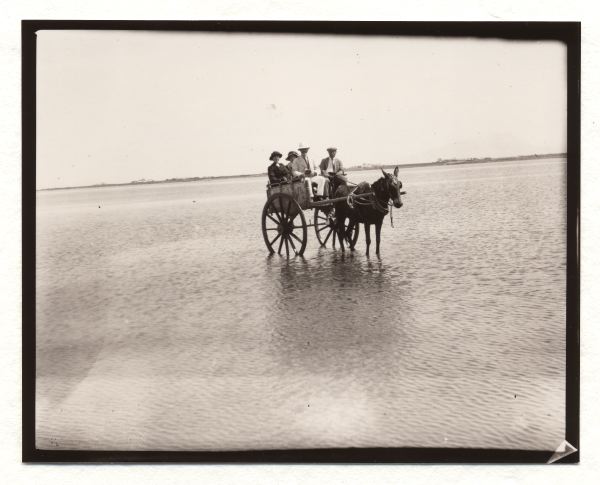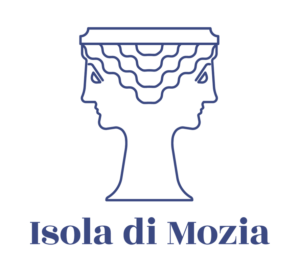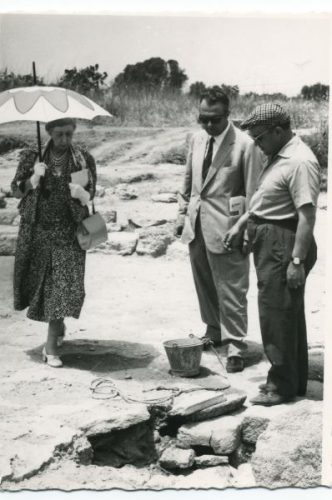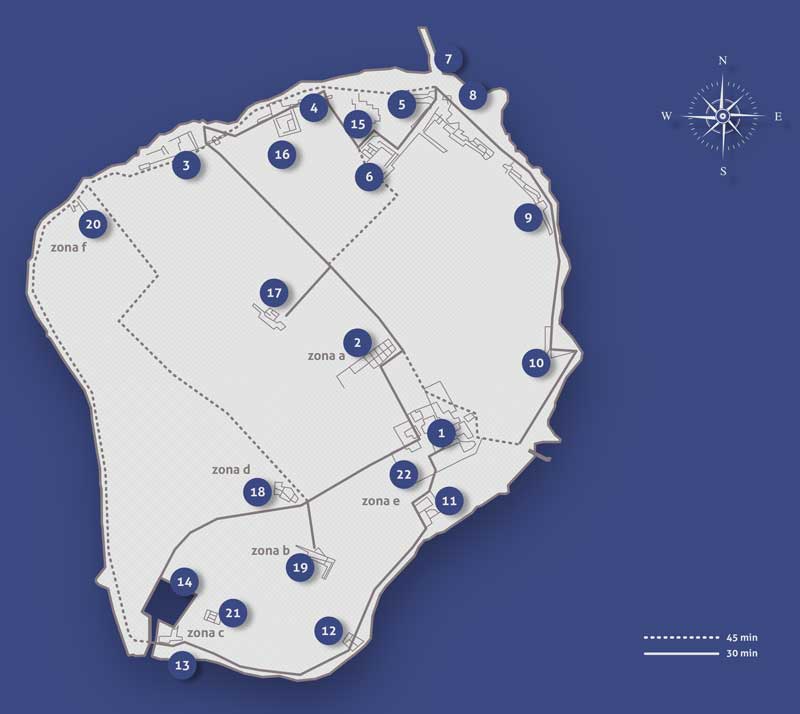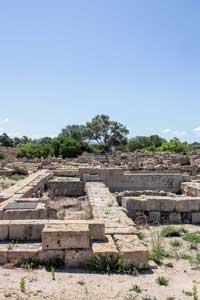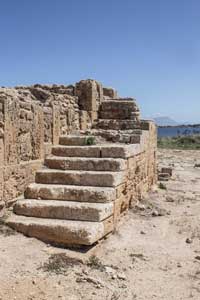At the northwestern tip of Sicily, almost in front of Marsala, the sea forms a lagoon called Stagnone. The island of San Pantaleo, site of the Phoenician colony of Motya, stands in the middle of the lagoon.
At the northwestern tip of Sicily, almost in front of Marsala, the sea forms a lagoon called Stagnone. The island of San Pantaleo, site of the Phoenician colony of Motya, stands in the middle of the lagoon.
Mozia quickly became one of the most thriving phoenician colonies of the Mediterranean because it was an obliged transit point for trade routes to Spain, Sardinia and central Italy.
